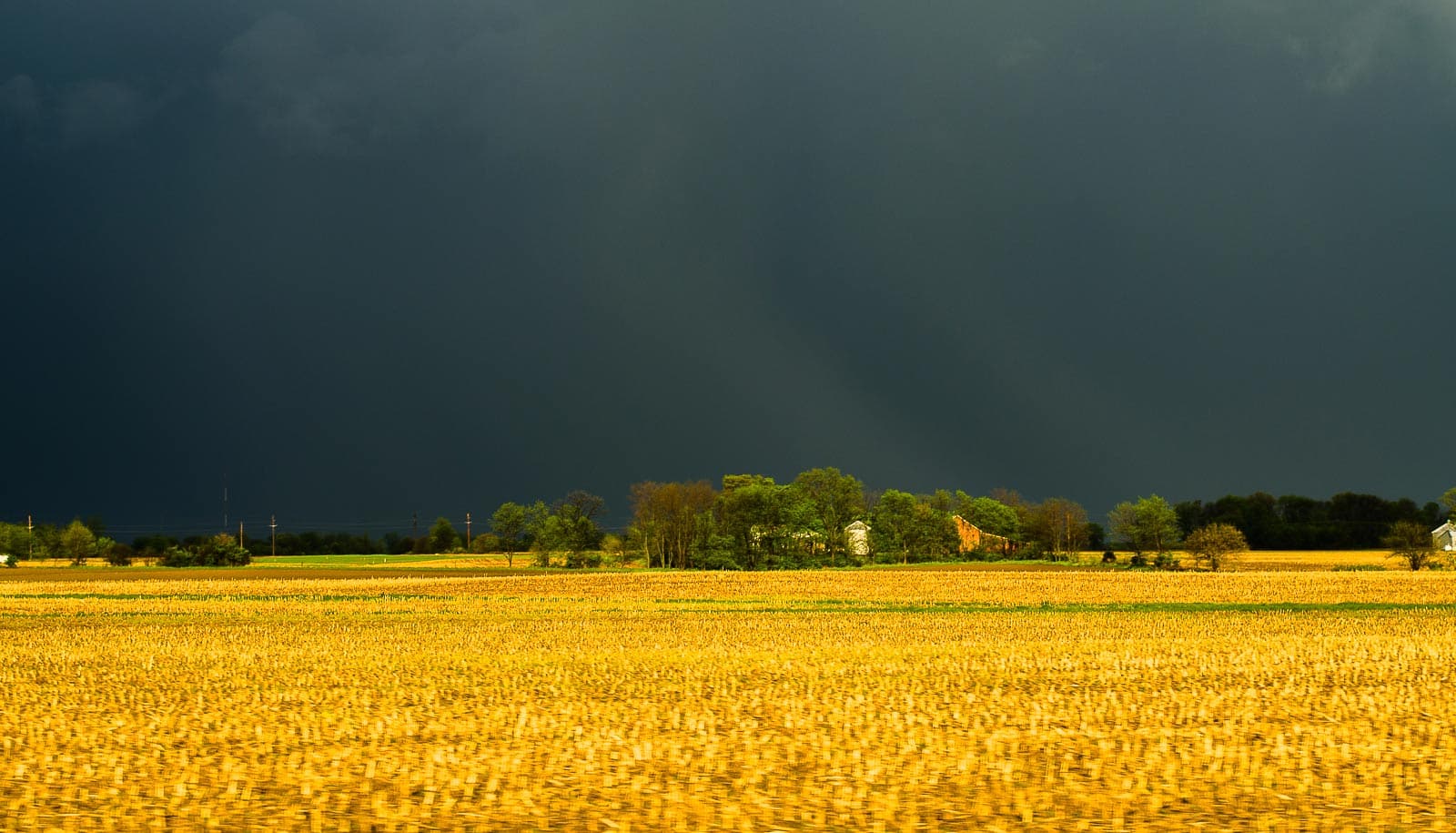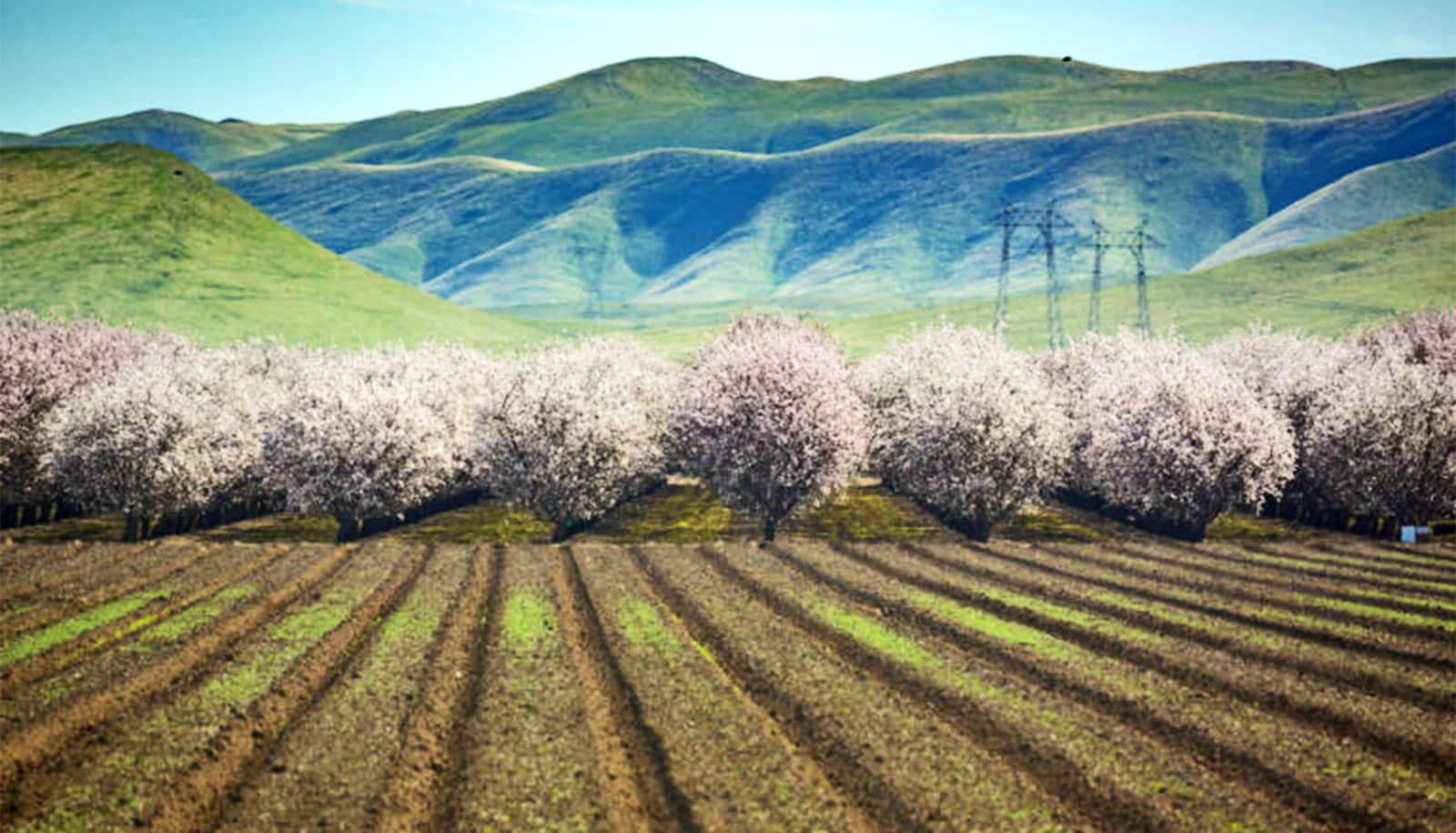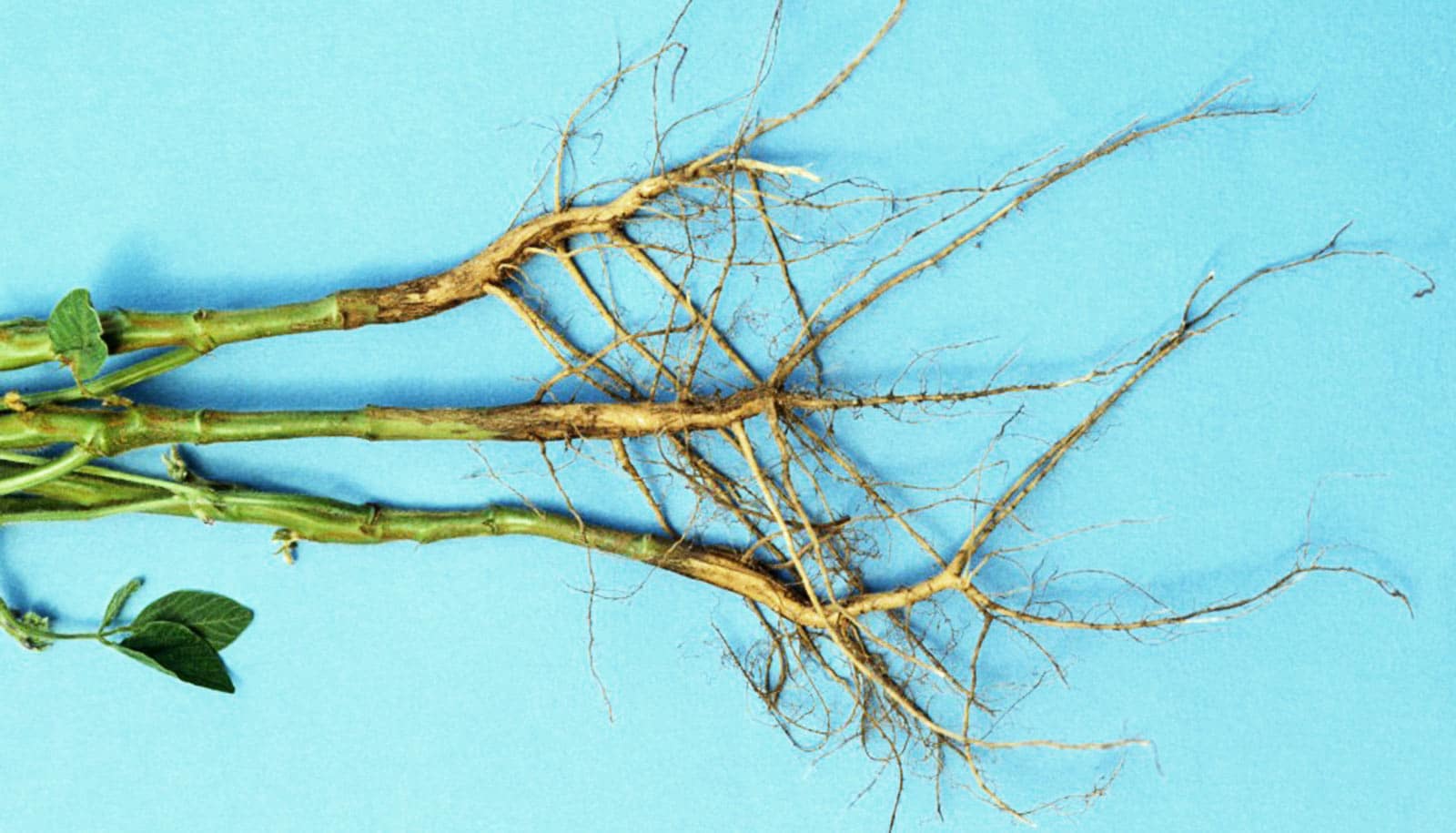Heavy rain events that occur only a few days a year can account for up to a third of the annual nitrogen fertilizer runoff from farmland in the Mississippi River basin, according to a new study.
The research, published in the journal Communications Earth & Environment, uses computer modeling techniques to quantify nitrogen runoff from land ecosystems into rivers and streams.
Nitrogen fertilizers applied to Midwestern agricultural land can make their way down the Mississippi River where it contributes to a hypoxic zone in the Gulf of Mexico that harms the marine life living there.
The findings from the study could inform farm management practices, including the timing and application of nitrogen fertilizers, to reduce those effects, says Chaoqun Lu, assistant professor of ecology, evolution, and organismal biology at Iowa State University and lead author of the study.
Lu has worked for years on harnessing computer modeling to simulate various ecological processes. Her previous work, for instance, looked at how agricultural land stores carbon, a process known as carbon sequestration. For this paper, Lu and her colleagues used modeling approach and publicly available water quality data dating back to 1980 to analyze how precipitation affects nitrogen loading in Midwestern waterways.
Lu says previous studies have shown that years with high rainfall totals also see higher nitrogen loading from land to water bodies. But the new study looked closely at extreme rainfall events throughout the Mississippi River basin, defined as any rainfall that exceeds the 90th percentile of historical daily precipitation records for a location in a given month. Basin-wide, extreme precipitation events occurred only 8.6 days per year on average, but they contributed to approximately one-third of annual total nitrogen yields, according to the data.
“What attracted us to look at these questions is that heavy rainfall occurrences can be very localized,” Lu says. “You see rainfall here and there, and they occur in different periods of the year. We wanted to see if we could combine long-term monitoring data and modeling tools that account for those differences and get a better look at how they affect nitrogen loading.”
The occurrence of extreme rain events has trended upward in recent years, which makes the study’s findings even more relevant, says coauthor Jien Zhang, a postdoctoral research associate in ecology, evolution, and organismal biology. Data from previous decades showed heavy rainfall events were more likely to occur in the lower Mississippi basin, but more recent data reveals extreme precipitation events expanding northward to states in the upper Mississippi basin, where nitrogen fertilizers are used more intensively, says Zhang.
A better understanding of these trends could inform farm management practices to lessen the likelihood of nitrogen loading in waterways, adds Zhang. For instance, farmers could try to apply fertilizers when there’s less likelihood of heavy precipitation events in the forecast, or spread out the application of fertilizers after planting into multiple separate applications rather than a single application or application before crops develop. The modeling data show that these strategies could lessen nitrogen loading in waterways without affecting crop productivity.
Source: Iowa State University



